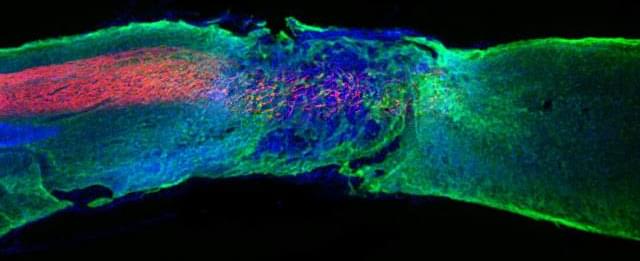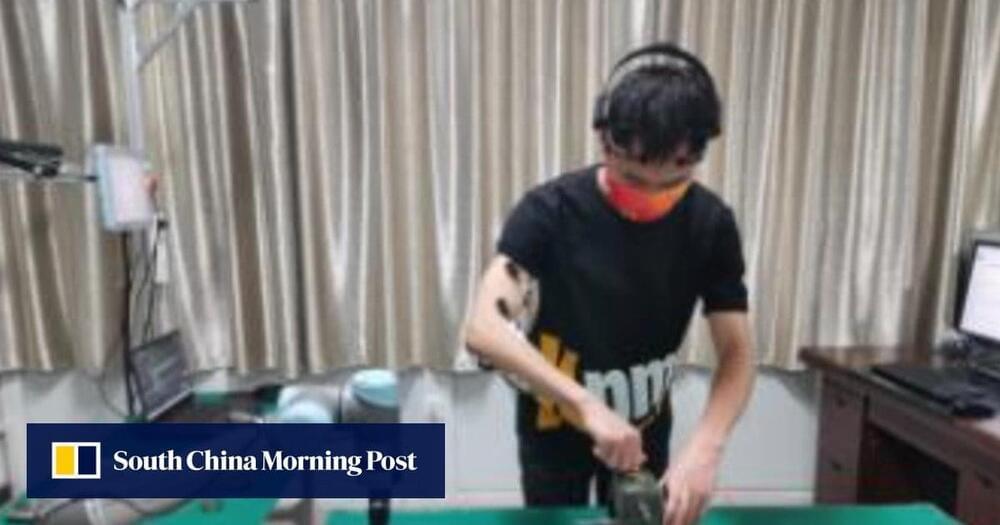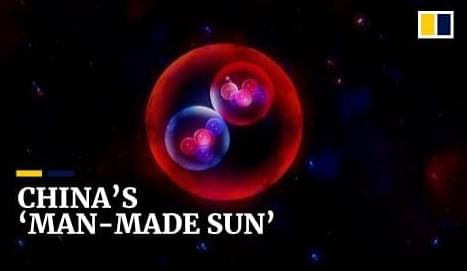More than 200,000 new high-tech small and medium-sized enterprises (SMEs) will be cultivated by the end of 2025 as China strives to foster a favorable environment for the growth of such firms, according to a notice recently issued by the Ministry of Science and Technology.
China will, in particular, boost the development of innovative sci-tech SMEs featuring key technologies, research personnel, high-value intellectual property rights and high research input, according to the notice.
More efforts will be made to support high-tech SMEs to generate innovation as well as introduce domestic and global talents by optimizing related policies and injecting diverse resources, the notice added.









